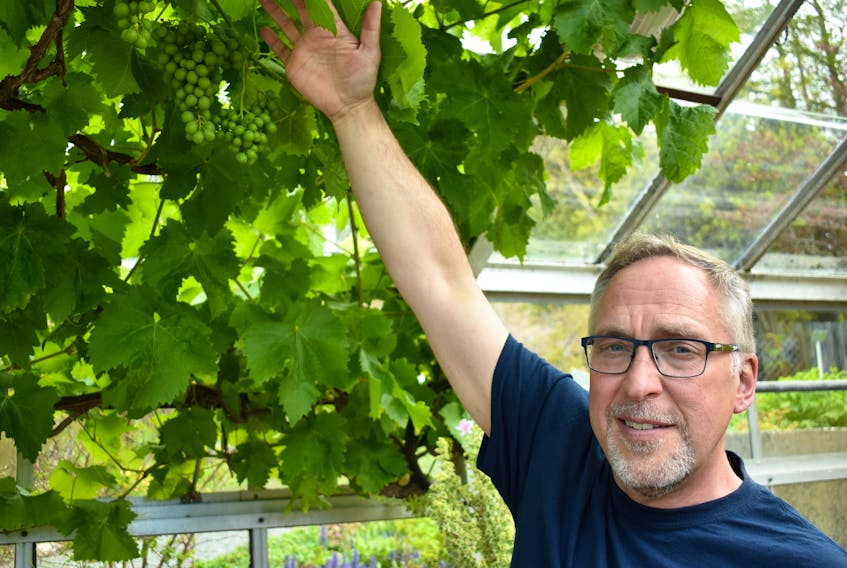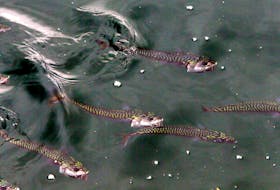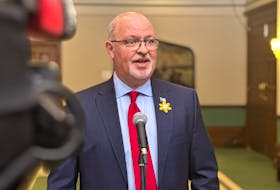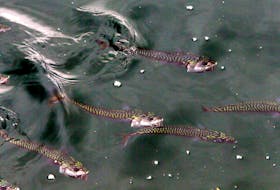There’s no argument that food and its packaging are being disposed of carelessly in Newfoundland and Labrador. Many different people are working to change it, but everyone needs to do their part.
Some experts are trying to make even the organic waste reusable.
“I am specialized in developing biotechnologies to treat organic waste biomass and convert it into biofuel and bioenergy,” Noori Saady, assistant professor of Environmental Engineering, said in his office at the Memorial University’s engineering department. “We look at waste as a resource not to be wasted anymore.”
“We waste about 30 to 40 per cent of the food we buy,” Saady said. “For example, in Newfoundland, we generate waste at the second-highest per capita rate of municipal solid waste among the Canadian provinces and territories ... we dispose of around 811 kilograms of waste per capita annually.”
Relatd story:
Newfoundland and Labrador hopes to double agricultural production over five years
According to Saady, it’s better to eat locally grown food cooked at home. He said when people grow their own food — even if it is just a little it — will contribute to the “goal of a sustainable food system.”
“On average 30 per cent of the food we buy ends up in the kitchen bin,” Saady said. “To implement social change, we need to look at the behaviour of wasting (food) at the personal and societal levels. ‘What do I waste? And how I handle it?’”
“Education is not enough,” Saady added. “We need actions to do things such as introducing new technologies, implementing strategies and policies at the various dimensions of the system.”
There are many ways to avoid and reuse farm waste, Susan Lester, market manager at Lester’s Farm in St. John’s.
According to Lester, farmers depend on the weather because too much sun or too much rain could ruin the crops. To combat this, Lester’s Farm has used greenhouses to control the conditions for certain crops and harvests on a daily basis — especially, if the plant has a short shelf life.
Lester said working with local restaurants can help reduce waste. Chefs send her lists of what they need, so the farm can specifically harvest what it knows will be used. Plus, the chefs create new recipes for what’s in season and available, so it can be used in a variety of meals for customers to pick from.
Next, the shelf life of the goods can be extended by freezing or bottling the produce.
If the organic waste is not fit for humans, the farm can turn the produce into animal feed, but only if the vegetables are high in water and good for the dairy animals or pet-farm animals.
What cannot be eaten, such as the stocks or bad produce, is composted and used as fertilizer.
“Farmers understand the great efforts that must be applied to grow and deliver high-quality fruits, vegetables, and animal products,” Evan Murray of Murray Meadows Farm wrote in an emailed statement. “As such, I believe that most farmers tend to place a higher value on foods than that seen in the general public. The last thing any farmer wants is to see is their products go to waste.”
The majority of waste at the Botanical Gardens will be composted or reused said Memorial University Botanical Gardens horticulturist Todd Boland in the garden’s conference room, surrounded by nature art created by a local artist.
Since the gardens opened 40 years ago, the staff have always composted and tried over the years to be self-sufficient by finding ways to avoid and reuse the garden’s waste.
“There was this one time,” Boland said. “I walked a little farther down the east coast trail then I had walked before. Suddenly, I came to a forest full of plastic bags ... all these, primary supermarket, bags were blowing around. They were from the landfill and they were getting caught up in tree branches. It was very, very sad to see all this beautiful, pristine forest that was just draped with plastic bags and that was very much an eye-opener. It was just like ‘Oh my God, what are we doing?’”
“I think so many people are realizing that we want to keep this Earth going for the long term,” Boland said. “We’ve got to try to do something to curb all the waste, we have been creating in our previous disposable world.”









